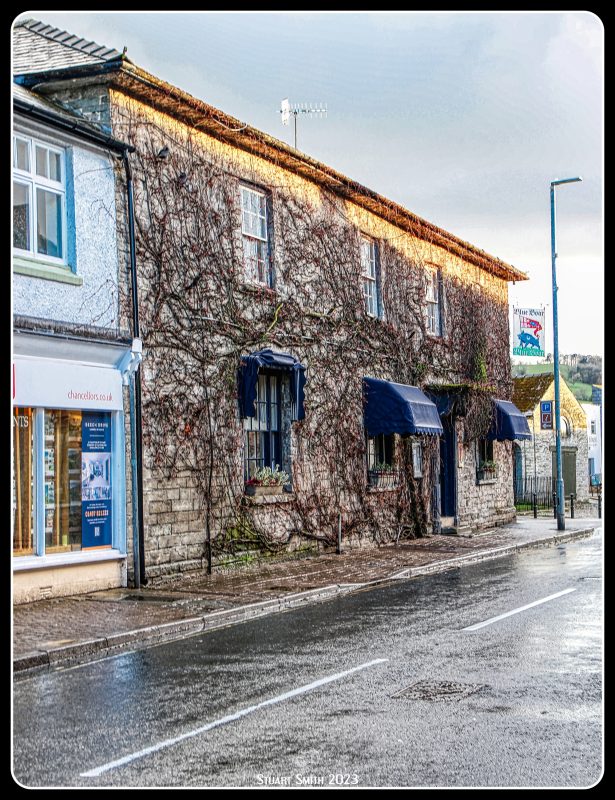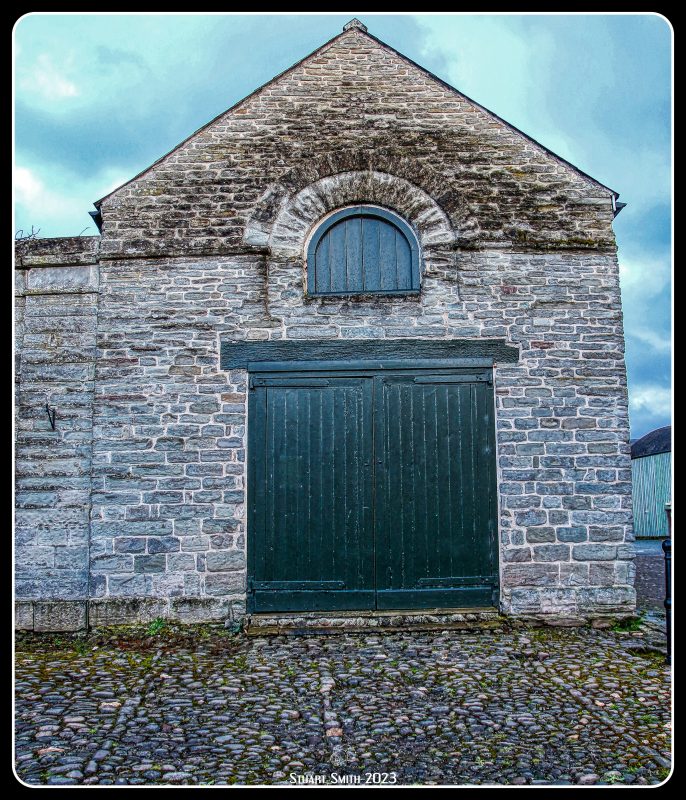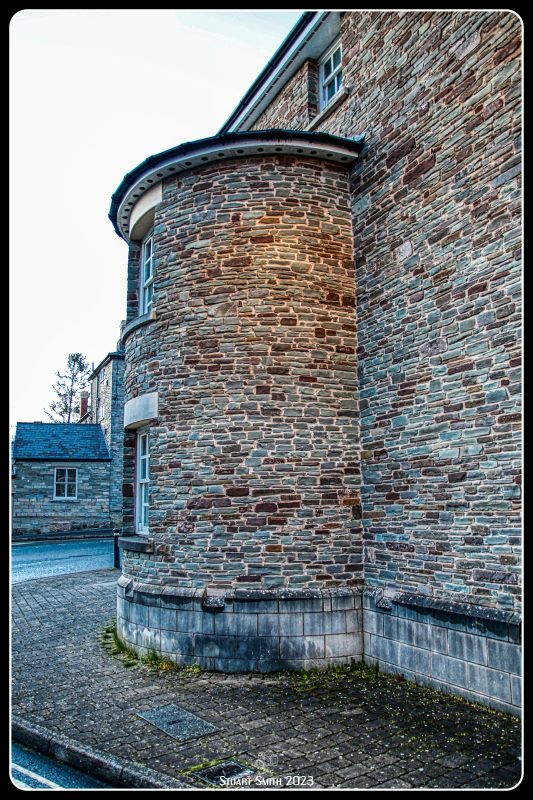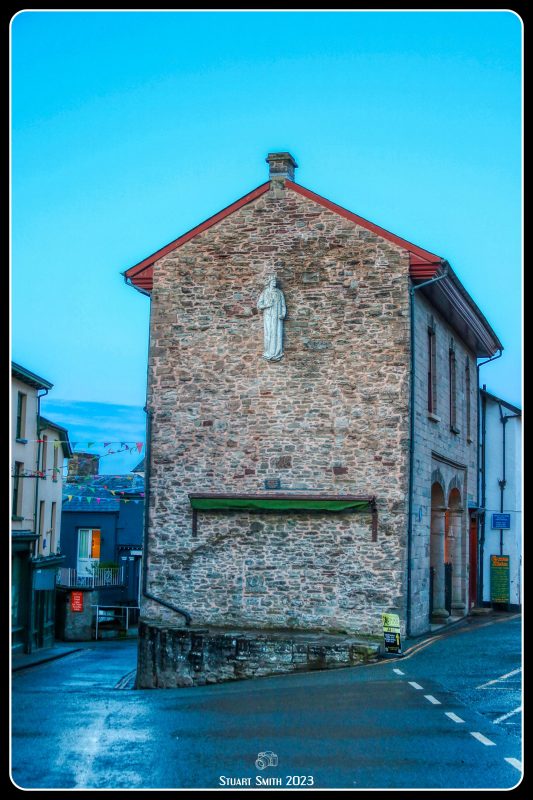We’re leaving Wales and driving to our next stopover, Liverpool in Merseyside and will spend a few days there.
 Conwy Bay, Llys Helig Drive, Gogarth, Denbighshire, Wales UK
Conwy Bay, Llys Helig Drive, Gogarth, Denbighshire, Wales UK
 Wapping Dock, Leeds and Liverpool Canal, Keel Wharf, Liverpool, Merseyside, England UK
Wapping Dock, Leeds and Liverpool Canal, Keel Wharf, Liverpool, Merseyside, England UK
 Hydraulic Tower, Wapping Dock, Queen’s Wharf, Liverpool, Merseyside, England UK
Hydraulic Tower, Wapping Dock, Queen’s Wharf, Liverpool, Merseyside, England UK
 Wheel of Liverpool, Keel Wharf, Dukes Dock, Liverpool, Merseyside, England UK
Wheel of Liverpool, Keel Wharf, Dukes Dock, Liverpool, Merseyside, England UK
 Views From Wheel of Liverpool, Duke’s Dock, Liverpool, Merseyside, England UK
Views From Wheel of Liverpool, Duke’s Dock, Liverpool, Merseyside, England UK
See each image individually:-
View 1: View 2: View 3: View 4:
 Kings Parade Bridge, Keel Wharf, Duke’s Dock, Royal Albert Dock, Liverpool, Merseyside, England UK
Kings Parade Bridge, Keel Wharf, Duke’s Dock, Royal Albert Dock, Liverpool, Merseyside, England UK
 Duke’s Dock, Kings Parade, Royal Albert Dock, Liverpool, Merseyside, England UK
Duke’s Dock, Kings Parade, Royal Albert Dock, Liverpool, Merseyside, England UK
Opening in 1773, Duke’s Dock was built privately for the Duke of Bridgewater as a Liverpool-based facility for traffic using the Bridgewater Canal from Manchester.
 Holiday Inn, Gower Street, Royal Albert Dock, Liverpool, Merseyside, England UK
Holiday Inn, Gower Street, Royal Albert Dock, Liverpool, Merseyside, England UK
 Pan Am Restaurant & Bar, Britannia Pavilion Royal Albert Dock, Liverpool, Merseyside, England UK
Pan Am Restaurant & Bar, Britannia Pavilion Royal Albert Dock, Liverpool, Merseyside, England UK
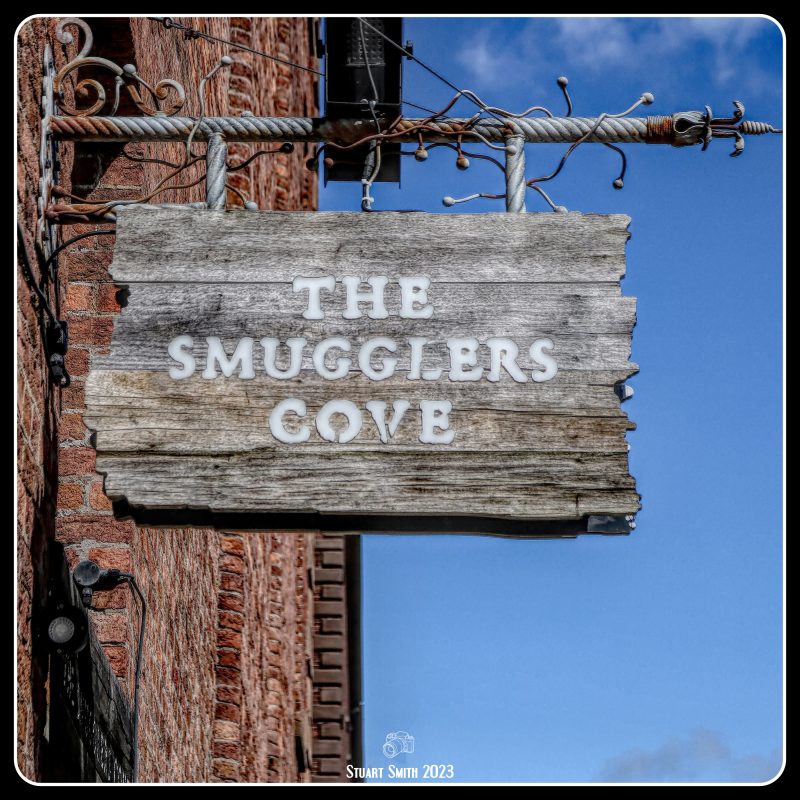 The Smuggler’s Cove, Britannia Pavilion, Royal Albert Dock, Liverpool, Merseyside, England UK
The Smuggler’s Cove, Britannia Pavilion, Royal Albert Dock, Liverpool, Merseyside, England UK
 Narrow Boat Moored at Royal Albert Dock, Liverpool, Merseyside, England UK
Narrow Boat Moored at Royal Albert Dock, Liverpool, Merseyside, England UK
 Old Barge Moored in Royal Albert Dock, Liverpool. Merseyside, England UK
Old Barge Moored in Royal Albert Dock, Liverpool. Merseyside, England UK
 Smugglers Cove Bar, Britannia Pavilion, Royal Albert Dock, Liverpool, Merseyside, England UK
Smugglers Cove Bar, Britannia Pavilion, Royal Albert Dock, Liverpool, Merseyside, England UK
 Old Warehouse Machinery, Courtyard Britannia Vaults, Royal Albert Dock, Liverpool, Merseyside, England UK
Old Warehouse Machinery, Courtyard Britannia Vaults, Royal Albert Dock, Liverpool, Merseyside, England UK
 Ruben’s, The Colonnades, Britannia Pavilion, Royal Albert Dock, Liverpool, Merseyside, England UK
Ruben’s, The Colonnades, Britannia Pavilion, Royal Albert Dock, Liverpool, Merseyside, England UK
 Royal Albert Dock, Liverpool, Merseyside, England UK
Royal Albert Dock, Liverpool, Merseyside, England UK
The Royal Albert Dock is a complex of dock buildings and warehouses in Liverpool, England. Designed by Jesse Hartley and Philip Hardwick, it was officially opened on 30 July 1846 by Prince Albert., and was the first structure in Britain to be built from cast iron, brick and stone, with no structural wood. As a result, it was the first non-combustible warehouse system in the world.
Today the Royal Albert Dock is a major tourist attraction in the city and the most visited multi-use attraction in the United Kingdom, outside London. The docking complex and warehouses also comprise the largest single collection of Grade I listed buildings anywhere in the UK.
The Premier Inn was the last undeveloped space on the dock opening in 2003.
 The One O’Clock Gun, Britannia Pavilion, Royal Albert Dock, Liverpool, Merseyside, England UK
The One O’Clock Gun, Britannia Pavilion, Royal Albert Dock, Liverpool, Merseyside, England UK
 The Beatles Story Exhibition, Britannia Vaults, Royal Albert Dock, Liverpool, Merseyside, England UK
The Beatles Story Exhibition, Britannia Vaults, Royal Albert Dock, Liverpool, Merseyside, England UK
 Old Anchor, Courtyard Brittania Vaults, Royal Albert Dock, Liverpool, Merseyside, England UK
Old Anchor, Courtyard Brittania Vaults, Royal Albert Dock, Liverpool, Merseyside, England UK
 Colonnade to The Tate, Royal Albert Dock, Liverpool, Merseyside, England UK
Colonnade to The Tate, Royal Albert Dock, Liverpool, Merseyside, England UK
 Sculpture, The Tate, Royal Albert Dock, Liverpool, Merseyside, England UK
Sculpture, The Tate, Royal Albert Dock, Liverpool, Merseyside, England UK
 Hartley Quay Bridge, The Pier Head, Royal Albert Dock, Liverpool, Merseyside, England UK
Hartley Quay Bridge, The Pier Head, Royal Albert Dock, Liverpool, Merseyside, England UK
 ‘Liverpool Mountain’, Mermaid’s Corner, Royal Albert Dock, Liverpool. Merseyside, England UK
‘Liverpool Mountain’, Mermaid’s Corner, Royal Albert Dock, Liverpool. Merseyside, England UK
 Piermaster’s House, Albert Dock, Kings Parade, Pier Head – Seacombe, Hartley’s Quay, Liverpool. Merseyside, England UK
Piermaster’s House, Albert Dock, Kings Parade, Pier Head – Seacombe, Hartley’s Quay, Liverpool. Merseyside, England UK
A Grade II Listed Building constructed for the Piermaster & his family in 1852
 Canning Half Tide Dock, Hartley’s Bridge, Liverpool, Merseyside, England UK
Canning Half Tide Dock, Hartley’s Bridge, Liverpool, Merseyside, England UK
 Rail Buffers, Hartley’s Quay, Royal Albert Dock, Liverpool, Merseyside, England UK
Rail Buffers, Hartley’s Quay, Royal Albert Dock, Liverpool, Merseyside, England UK
 Merseyside Maritime Museum, Hartley’s Quay, Royal Albert Dock, Liverpool, Merseyside, England UK
Merseyside Maritime Museum, Hartley’s Quay, Royal Albert Dock, Liverpool, Merseyside, England UK
 Catering Vehicles, Hartley’s Quay, Royal Albert Dock, Liverpool, Merseyside, England UK
Catering Vehicles, Hartley’s Quay, Royal Albert Dock, Liverpool, Merseyside, England UK
See each image individually:-
 The Pump House, Hartley’s Quay, Royal Albert Dock, Liverpool, Merseyside, England UK
The Pump House, Hartley’s Quay, Royal Albert Dock, Liverpool, Merseyside, England UK
A Grade II Listed building dates from 1870s. Now an upmarket pub.
 HMS Conway Anchor, Hartley’s Quay, Royal Albert Dock, Liverpool, Merseyside, England UK
HMS Conway Anchor, Hartley’s Quay, Royal Albert Dock, Liverpool, Merseyside, England UK
Conway Anchor at Caernarfon, Wales
First launched as the HMS Nile in 1839, it was renamed HMS Conway in 1875. The ship was brought to Bangor in 1941 and then to Plas Newydd, just north of Caernarfon, in 1949. The ship was wrecked in the Menai Strait in 1953, and this, one of 2 anchors, with the other to be seen at the above link at Victoria Dock in Caernarfon.
 Internal Passageway, Premier Inn, Britannia Pavilion, Royal Albert Dock, Liverpool, Merseyside, England UK
Internal Passageway, Premier Inn, Britannia Pavilion, Royal Albert Dock, Liverpool, Merseyside, England UK
 Our Room, Premier Inn, Royal Albert Dock, Liverpool, Merseyside, England UK
Our Room, Premier Inn, Royal Albert Dock, Liverpool, Merseyside, England UK
The view from the window is directly down into the dock.

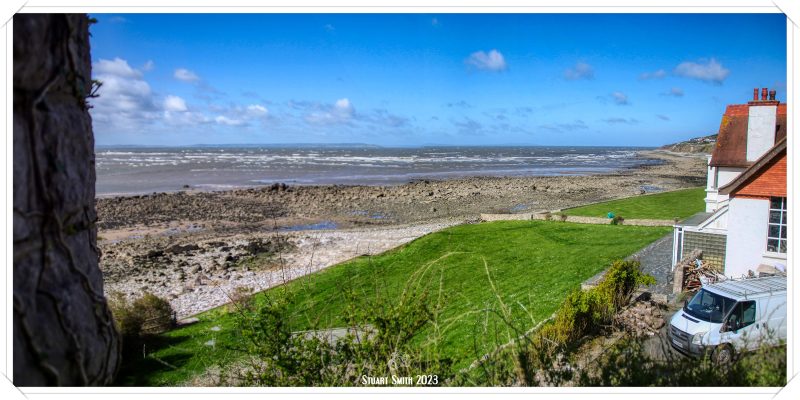


 Front Entrance, Caernarfon Castle, Castle Ditch, Caernarfon, Gwynedd, Wales UK
Front Entrance, Caernarfon Castle, Castle Ditch, Caernarfon, Gwynedd, Wales UK








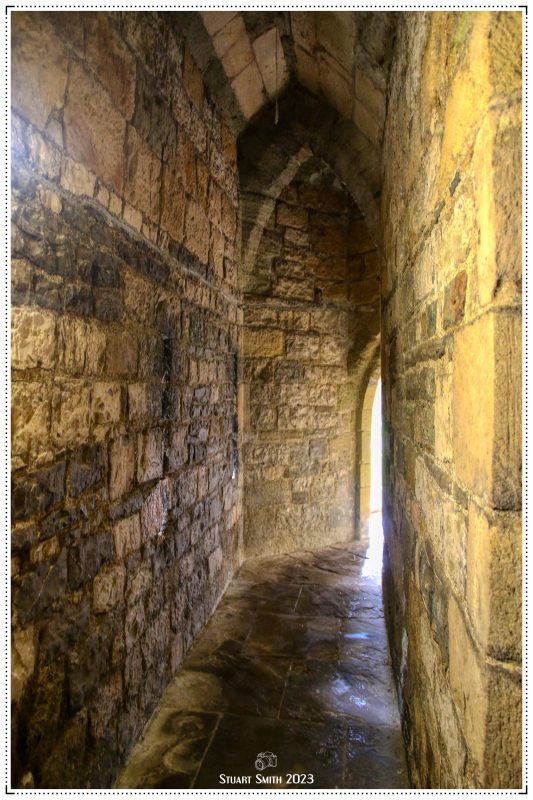












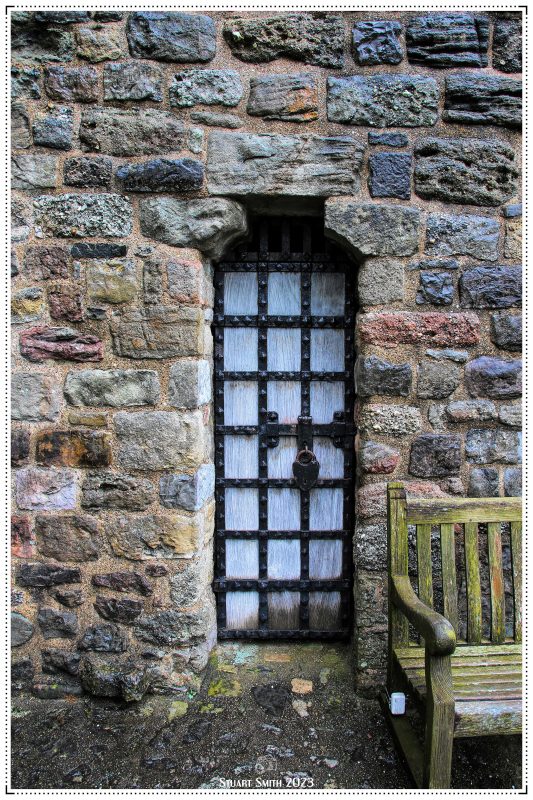

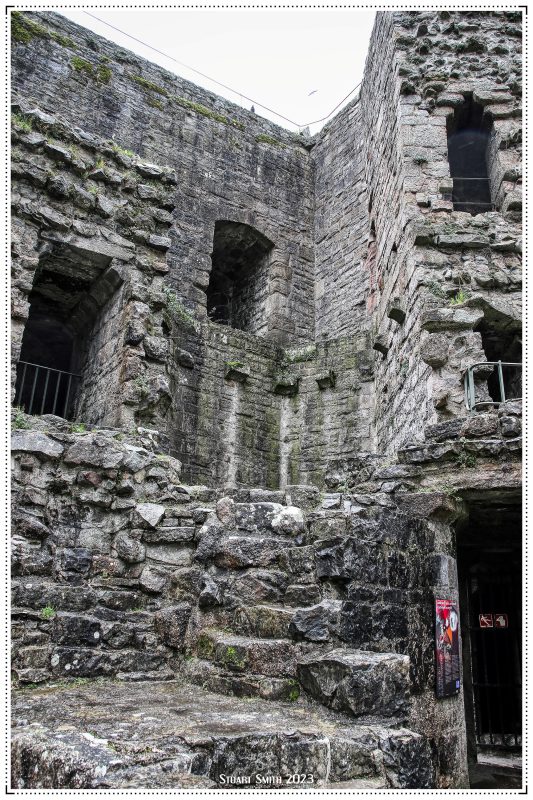












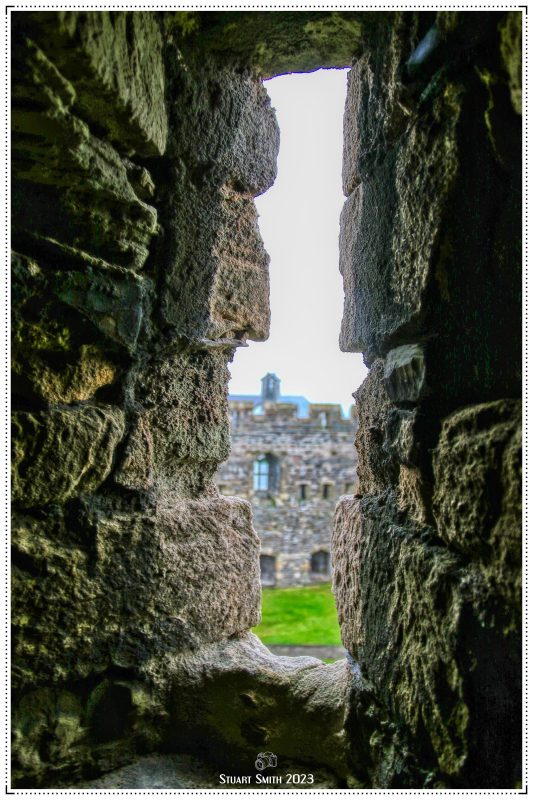








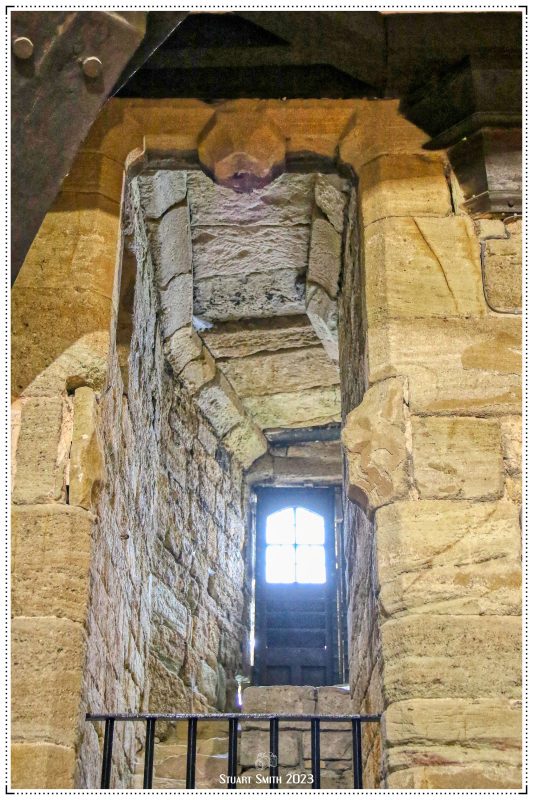
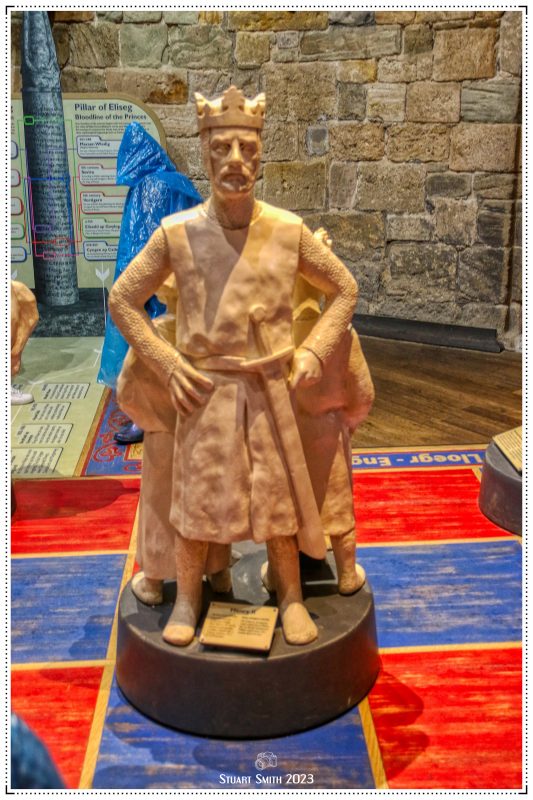


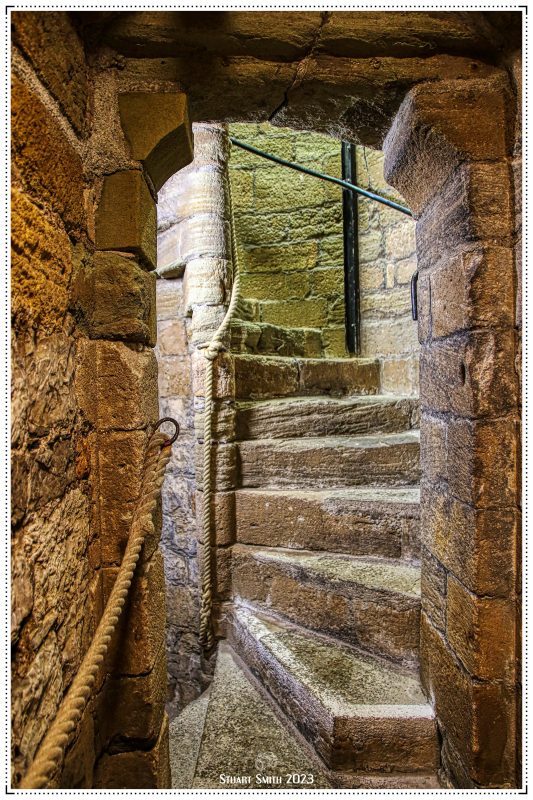







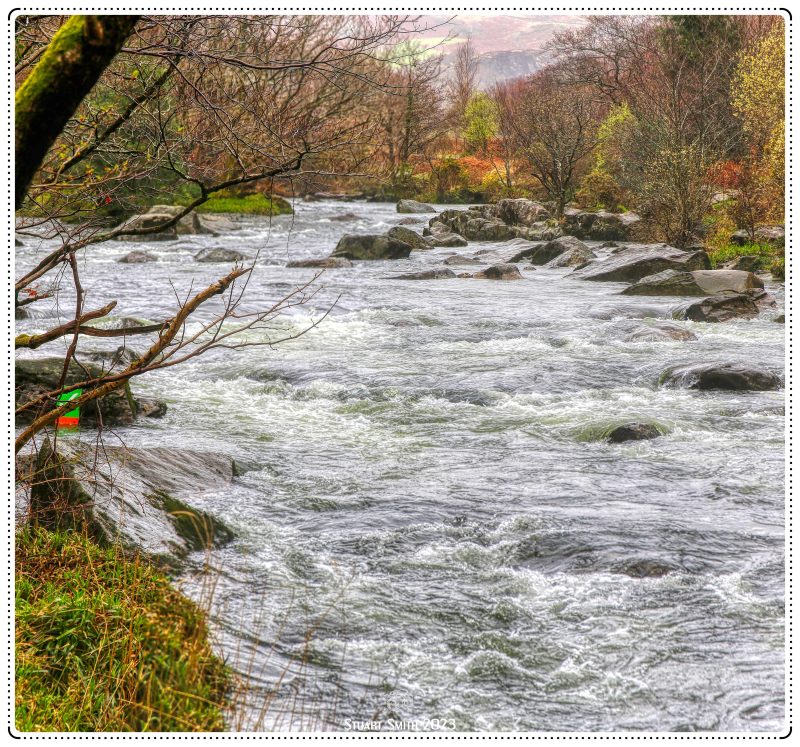













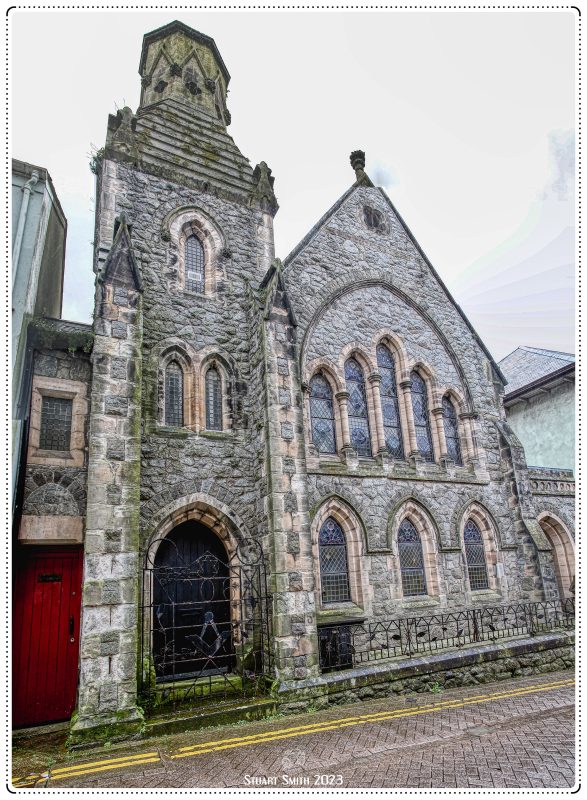


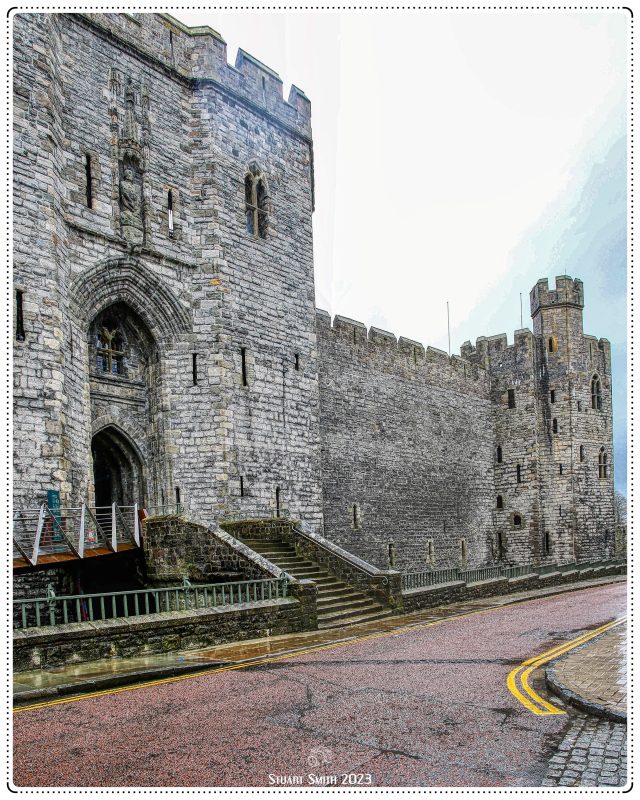










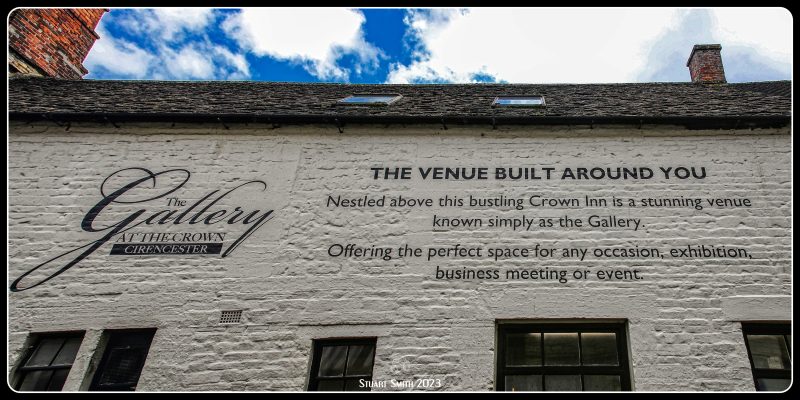
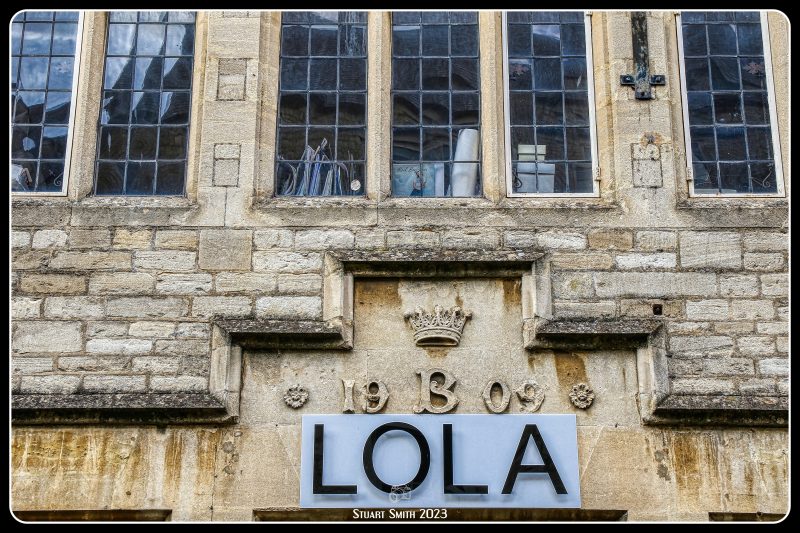
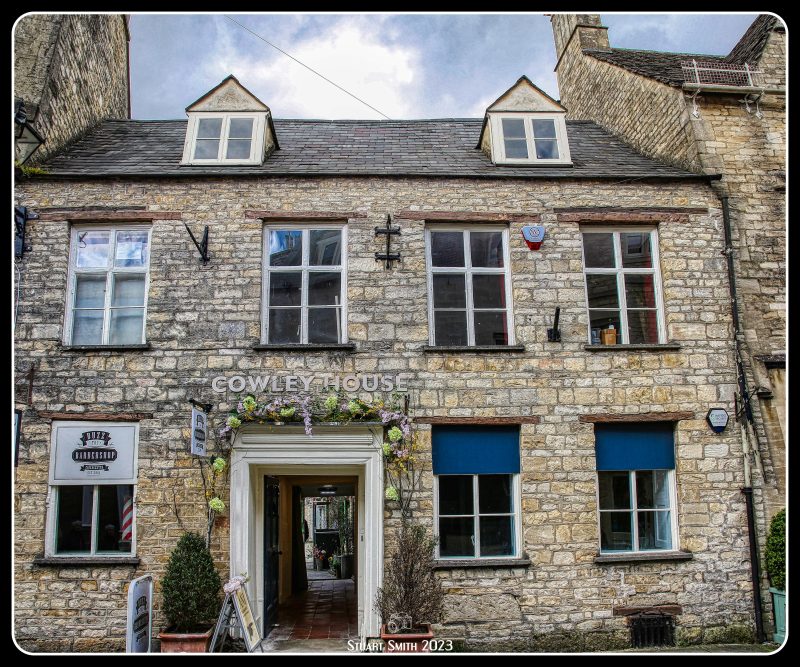






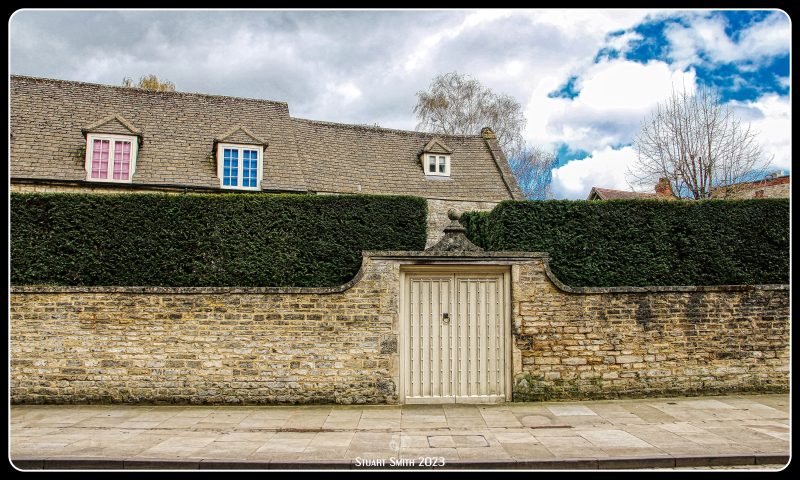

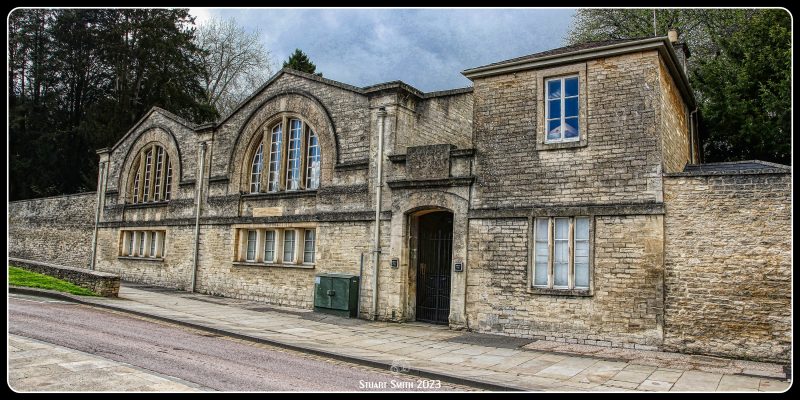




 The Butter Market, Market Street, Hay-On-Wye, Powys, Wales UK
The Butter Market, Market Street, Hay-On-Wye, Powys, Wales UK







